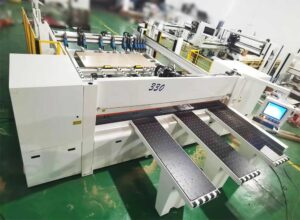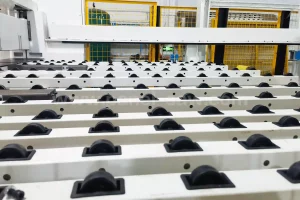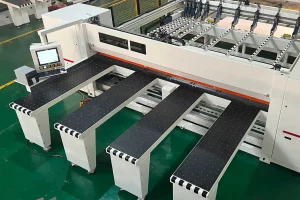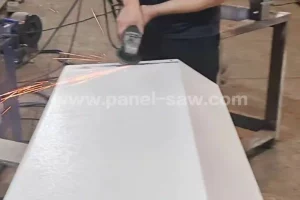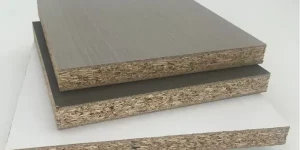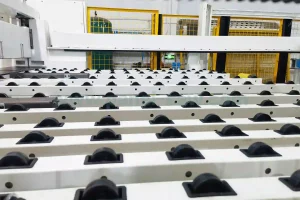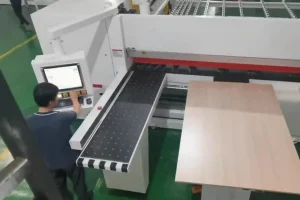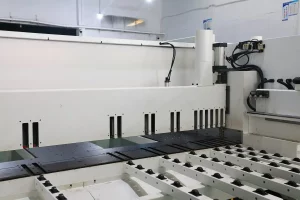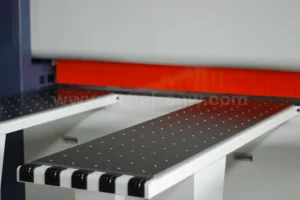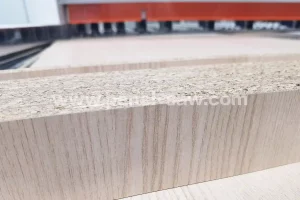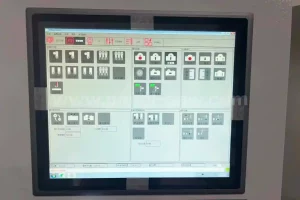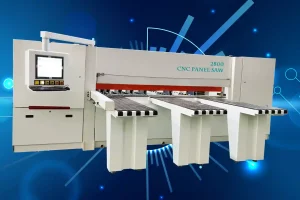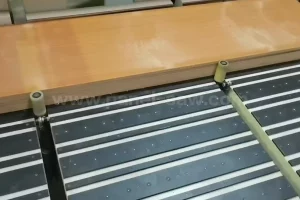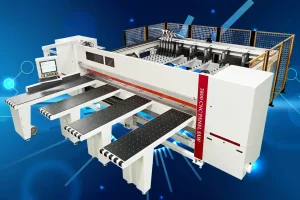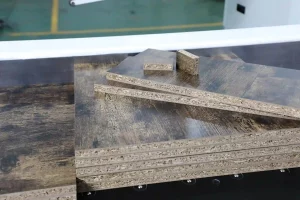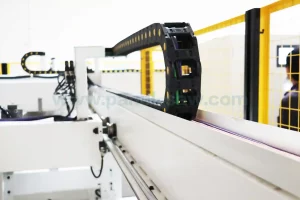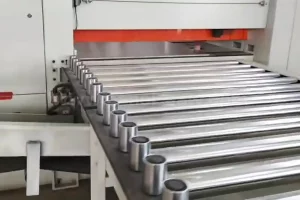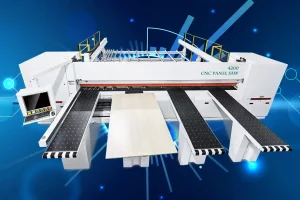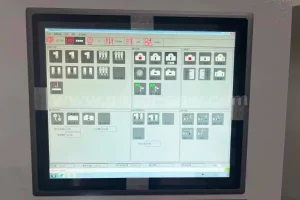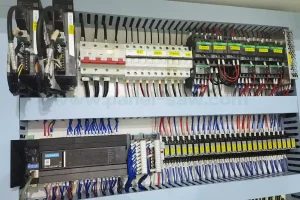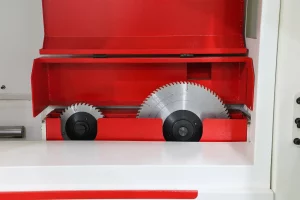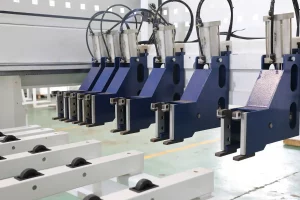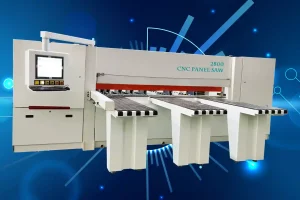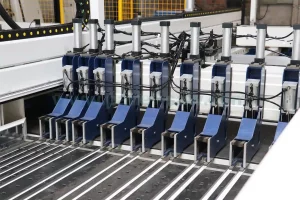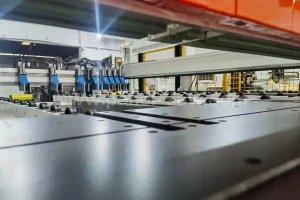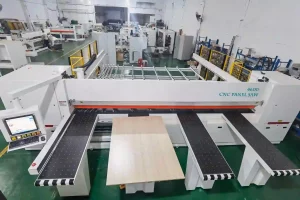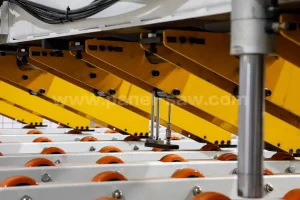
The Ultimate Guide to Sawing and Cutting Materials: Types and Safety Precautions
Sawing and cutting materials is a fundamental practice across numerous industries and hobbies, essential for achieving precise results in construction, woodworking, metalworking, and more. This guide explores the various types of materials, appropriate cutting techniques, and crucial safety precautions necessary to ensure successful outcomes and minimize risks.
Introduction to Sawing and Cutting Materials
The process of sawing and cutting materials involves more than just applying force to a blade—it requires understanding the properties of different materials and selecting the right tools and techniques to achieve desired results. Whether you’re cutting wood, metal, plastics, or composites, each material presents unique challenges that must be addressed through informed decision-making and careful execution.
Material-Specific Considerations: Different materials require specific cutting methods tailored to their properties. For instance, woodworking often involves softer materials like plywood or pine, where precision and finesse are crucial. Metalworking, on the other hand, demands stronger blades and slower cutting speeds to effectively cut through tough metals such as steel or aluminum.
Conclusion: Mastering the art of sawing and cutting materials begins with understanding the nature of the materials themselves. By choosing the appropriate cutting methods and tools, craftsmen can ensure efficiency and precision in their projects, achieving results that meet both functional and aesthetic requirements.
Selecting the Right Tools and Blades for Precision Cuts
The key to successful sawing and cutting lies in selecting the right tools and blades tailored to the material being worked on. This section explores the importance of blade selection and its impact on achieving clean, efficient cuts across different types of materials.
Blade Selection Criteria: Choosing the correct blade is critical for optimizing cutting performance. For woodworking tasks involving softer woods, blades with finer teeth and narrower kerfs are preferred to minimize tear-out and achieve smoother cuts. In contrast, cutting metals requires blades made from materials like carbide or bi-metal, designed to withstand the hardness and abrasiveness of metal surfaces.
Conclusion: The selection of tools and blades significantly influences the quality and efficiency of sawing and cutting operations. By matching blades to the specific material and cutting requirements, craftsmen can enhance precision and minimize waste, ultimately maximizing productivity in their projects.
Implementing Safety Precautions for Sawing and Cutting
Safety should always be a top priority when engaging in sawing and cutting activities. This section outlines essential safety precautions to minimize risks and ensure a secure working environment for craftsmen and hobbyists alike.
Safety Measures: Before starting any cutting task, ensure the work area is well-lit, clean, and free from obstacles to prevent accidents. Wear appropriate personal protective equipment (PPE), including gloves, safety goggles, and a face mask, to shield against potential debris and blade contact injuries. When using power saws, secure materials firmly using clamps or vices to prevent movement and potential kickbacks.
Conclusion: Adhering to rigorous safety protocols is non-negotiable in sawing and cutting operations. By fostering a safety-first mindset and implementing preventive measures, individuals can mitigate risks and safeguard themselves against potential injuries or accidents in the workshop.
Understanding Blade Angles and Techniques for Efficient Cuts
Achieving precise cuts also involves understanding blade angles and employing appropriate cutting techniques. This section delves into the significance of blade angles and how they contribute to achieving clean and efficient cuts in various materials.
Blade Angle Dynamics: The angle at which the blade intersects with the material surface influences the type of cut produced. For instance, a perpendicular (90-degree) blade angle is typically used for straight cuts, while angled blade settings are employed for bevel cuts or miters. Understanding these dynamics helps craftsmen achieve desired cutting outcomes with minimal material wastage.
Conclusion: Mastering blade angles and employing suitable cutting techniques enhances the efficiency and precision of sawing operations. By honing these skills, craftsmen can expand their capabilities and tackle complex cutting tasks with confidence and accuracy.
This comprehensive guide has explored essential aspects of sawing and cutting materials, emphasizing the importance of material-specific considerations, tool selection, safety precautions, and cutting techniques. By integrating these insights into practice, craftsmen and enthusiasts can elevate their skills, achieve superior cutting results, and ensure safety in their workshop environments.
FAQ
Q: Why is blade selection important in sawing and cutting? A: Blade selection directly impacts cutting efficiency and the quality of results. Choosing the right blade for the material type ensures clean cuts and minimizes material wastage.
Q: What safety precautions should be taken when sawing and cutting materials? A: Always wear appropriate PPE, secure materials firmly, and maintain a clean and well-lit work environment to prevent accidents and injuries during cutting operations.
Q: How do blade angles affect cutting efficiency? A: Blade angles determine the type of cut (straight, bevel, miter) and influence the precision of cuts. Understanding blade angles helps in achieving accurate cutting outcomes.
Q: What are some common materials that require specialized cutting techniques? A: Materials like metals, plastics, and composites often require specific cutting methods due to their unique properties. Using appropriate techniques ensures optimal results and preserves material integrity.
Q: How can I improve my sawing and cutting skills? A: Improving sawing and cutting skills involves practice, understanding material properties, and mastering various cutting techniques and blade types suited to different materials and applications.
This FAQ section addresses common inquiries about sawing and cutting materials, providing practical insights and guidance to support safe and effective cutting practices across diverse applications.

